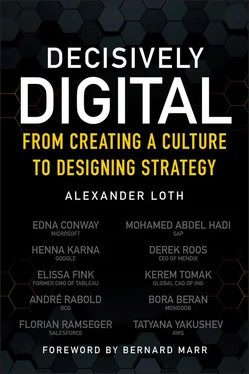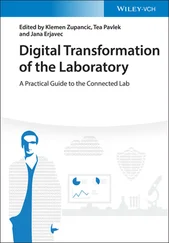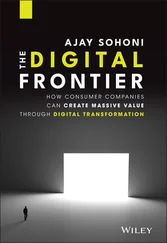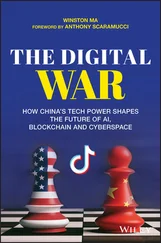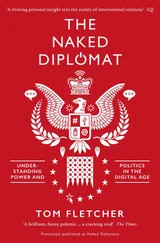Figure 1.4shows an example of both values plotted by strategic topic. In this graph we see that the organization has plenty of digital capabilities for big data processing and cloud computing, but the employees are not yet trained accordingly. On the other side, the employees are ready for modern work, but the organization has not yet adopted the required digital capabilities.
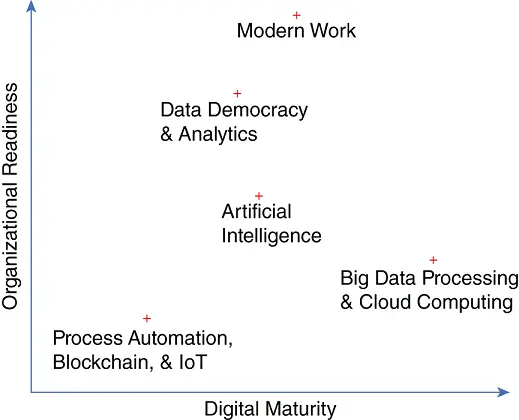
Figure 1.4Graph showing digital maturity and organizational readiness by strategic topic
Digital Maturity Assessment
A digital maturity assessment, shown in Figure 1.5, can help you to understand which digital capabilities are already available in your organization and if the organization is ready to use these capabilities. These questions are quite generic and should be seen as a rough blueprint that you can enhance and fine-tune for specific audiences within your organization.
The questions for this assessment are grouped by strategic topic and have two sections each.
Digital Maturity: The digital capabilities that are available in the organization
Organizational Readiness: The digital capabilities that are adopted by the employees
| Modern Work |
| Digital Maturity |
Organizational Readiness |
| How do you work together on the same document? |
How do colleagues in your organization send a quick reminder? |
| ✓ Sending the document via email and consolidating it afterwards (0 points) |
✓ via email (0 points) |
| ✓ Working online together on the same document in real time (5 points) |
✓ via chat (3 points) |
|
✓ via integrated communication platform (5 points) |
| Data Democracy & Analytics |
| Digital Maturity |
Organizational Readiness |
| What do you do when you need another type of aggregation in your report/dashboard? ✓ Nothing (0 points) ✓ Ask the BI department and wait some days (1 point) ✓ Copy data from the PDF report and perform some magic in Excel within hours (3 points) ✓ Use a self-service BI tool to modify this dashboard within minutes (5 points) |
Do employees have access to analytics tools and data sources to ask questions of their own business data? E.g., an accounts-receivable specialist analyzing his own collection effectiveness rate or analyzing average days outstanding for invoices in a certain region ✓ No (0 points) ✓ Limited on certain teams/roles (3 points) ✓ Available for everyone (5 points) |
| Big Data Processing & Cloud Computing |
| Digital Maturity |
Organizational Readiness |
| Where is your organization's data stored? |
How does your organization apply the term big data? |
| ✓ Somewhere on a network share (0 points) |
✓ Excel files that are larger than 50 mb (0 points) |
| ✓ On a relational database on premises (1 point) |
✓ We don't use the term big data (1 point) |
| ✓ On a multi-node data warehouse on premises (3 points) |
✓ Large data sets stored in the cloud or on a server (3 points) |
| ✓ On a cloud-based data lake (5 points) |
✓ Data of high volume, high velocity, and high variety (5 points) |
| Artificial Intelligence (AI) |
| Digital Maturity |
Organizational Readiness |
| How does your organization apply artificial intelligence? |
How does your organization think about chatbots? |
| ✓ That's not happening (0 points) |
✓ Useless functionality (0 points) |
| ✓ We locally run some Python scripts that we found on GitHub (1 point) |
✓ Limited as customer-facing support channel (3 points) |
| ✓ We assembled our own data science environment (3 points) |
✓ Feature that also boosts the productivity within the organization (5 points) |
| ✓ We use cloud-based pre-trained models and add customizations if needed (5 points) |
|
|
|
| Process Automation, Blockchain, & IoT |
| Digital Maturity |
Organizational Readiness |
| How does your organization automate (small) processes? |
How does your organization enhance existing processes? |
| ✓ We don't do that (0 points) |
✓ We'd better not touch it (0 points) |
| ✓ We have some legacy VBA/Java/etc. code (1 point) |
✓ A change request needs to be filled out and signed on paper (1 point) |
| ✓ We use a low-code solution that everyone understands (5 points) |
✓ A change request needs to be sent by email (2 points) |
|
✓ Everyone can use drag & drop to easily modify an existing process (5 points) |
| Sum: ____ |
Sum: ____ |
Figure 1.5A digital maturity assessment
Based on your results you can further explore specific (or all) strategic topics with the interviews and customer examples in the following chapters.
1 1Schwab, Klaus, The Fourth Industrial Revolution. Geneva: World Economic Forum, 2016.
2 2“Disney Strikes Streaming-TV Gold,” The Economist, November 12, 2020 ( www.economist.com/business/2020/11/14/disney-strikes-streaming-tv-gold).
3 3Microsoft, “AXA Ensures Innovation in Digital Customer Service and Empowers Employees with Microsoft 365,” November 13, 2019 ( customers.microsoft.com/de-DE/story/765562-axa-insurance-m365-casestudy).
4 4Tapadinhas, Joao, and Idoine, Carlie, “Citizen Data Science Augments Data Discovery and Simplifies Data Science,” December 9, 2016 ( www.gartner.com/en/documents/3534848).
5 5Loth, Alexander, Visual Analytics with Tableau. Hoboken, NJ: John Wiley & Sons, 2019.
6 6The Digital Strategy Big Picture Template is available online within the Supplementary Material section on the Decisively Digital companion website: www.decisivelydigital.org/supplementary-material/.
7 7 “Gartner's Big Data Definition Consists of Three Parts, Not to Be Confused with Three ‘V's,” Forbes, www.forbes.com/sites/gartnergroup/2013/03/27/gartners-big-data-definition-consists-of-three-parts-not-to-be-confused-with-three-vs/
Part II Digital Culture and Modern Work
Chapter 2 Elissa Fink: How to Charge a Brand with Culture
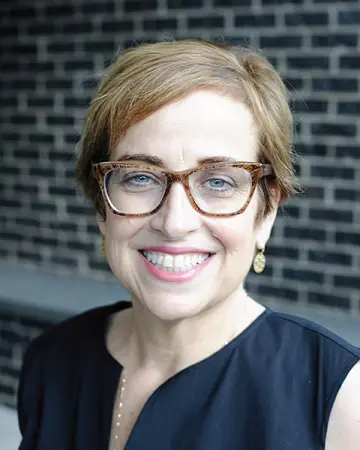
Elissa Fink, former CMO, Tableau Software
Source: Erin Rinabarger
Recently retired as CMO for Tableau, 1 Elissa Fink led all marketing strategy and execution for 11 years, from pre-IPO startup with ~$5 million annual revenue to public enterprise with $1 billion+ in revenue. She knows growth, scale, and building disruptive brands. Prior to Tableau, Elissa served in marketing, product management, and product engineering executive positions. Now semiretired, Elissa advises tech companies, serves on multiple boards, and teaches at the University of Washington.
In this interview with Elissa we are going to explore how to charge a brand with culture and how this also helps in hiring people.
Alexander: As CMO you were creating a culture that is unique for a B2B software company. How did you discover Tableau? How did you become Tableau's CMO?
Читать дальше
